Premium Only Content
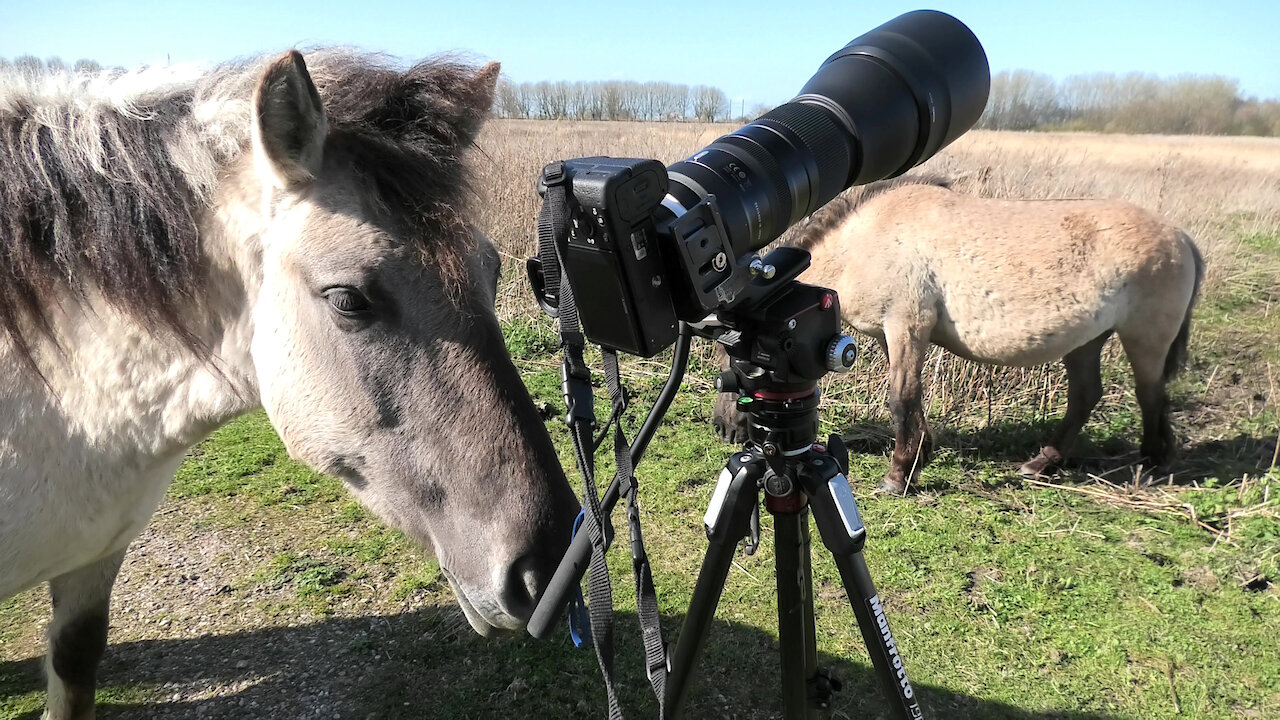
Wild Horse Interested In Taking Over Photographer's Job
All horses have a robust desire to play; even a day old horse displays this by skipping and jumping. Foals exercise galloping and making sharp turns, pulling face mask expressions and trying to wave the tails, by reiterating these adult behaviors they are learning vital skills for later in life. Adult horses are typically very patient with playful youngsters and put up with infinite amounts of nibbling, biting and mounting.
Understanding the “normal” behavior of a horse will help you to know whether your horse is behaving normally or not. This knowledge will help you determine the appropriate management plan for your horse. While behaviorists will discuss equine behaviors using similar terms, there may be some variation in the categories used. Some behaviorists may place more emphasis on certain behaviors due to how important they judge their significance to the makeup of the horse or management strategies for the horse. Play behavior can be included as a primary behavior, based on its importance and variety in young horses.
There are numerous types of play actions—object play, play fighting, loco motors play and sexual play. Play is considered important for the good welfare of a horse, especially in juveniles. It helps several functions such as enhanced ability, practicing survival helps and building social relationships.
Object play includes playing with something, e.g., a young colt likes playing with a ball when stalled. Play fighting is frequently done by young horses, particularly colts. Sexual play often starts at a very early age; even suckling horses may be observed attractive in mounting behavior with their dams. Loco motors play is just the exuberant release of energy that can be seen when horses take off running cross-ways a field for no apparent aim, or when a fresh horse bucks a few times on the long line.
A horses need to play doesn’t reduce as he grows older and horses that play together often become experts at reading each other’s body language. A stabled horse who infrequently has the chance to play finds it difficult to read this refined body language, so when turned out, he may show lack by galloping and bucking actively, inventing games for himself in the stable like playing with his water bucket, if actually frustrated he may even option to some irregular vices like crib-biting. A horse that hasn’t advanced the skill of play when he is young may also have trouble mating in later life because his ability to connect through body language hasn’t been adequately developed.
While play behavior is observed more in foals, it can also be seen in juvenile and adult horses. Initially, colts and fillies may spend similar time at play. As the horse ages, the males demonstrate more play behavior than the females. Environment may play a role in horses exhibiting play behavior. The chance to socialize in a herd and the ability to run at will all provide more opportunities for horses to initiate play behavior. Providing play objects for stalled horses or horses housed alone may help enrich their environment.
-
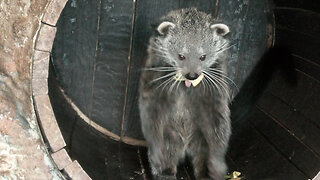 1:01
1:01
mickeysutube
2 years agoRare Baby Binturong Is The Cutest Animal Ever
9.81K30 -
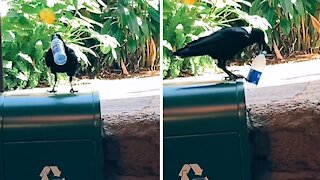 0:15
0:15
thatpippingal
4 years ago $4.16 earnedIntelligent bird takes care of the environment
81.9K50 -
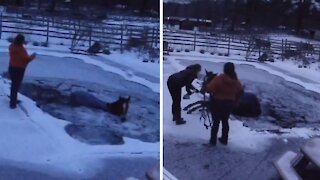 0:39
0:39
catherineemilyyy
4 years ago $27.99 earnedHorse accidentally falls into frozen backyard pool
6.13K10 -
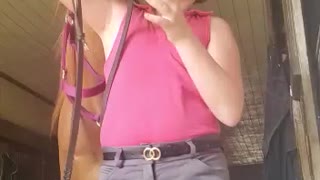 0:15
0:15
Xmorrow
4 years ago $0.03 earnedHorse taking bit. Continued
6371 -
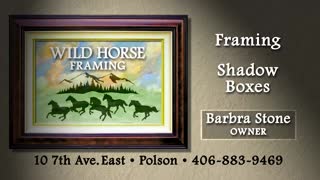 0:15
0:15
Advantage NW
3 years agoWild Horse Framing
27 -
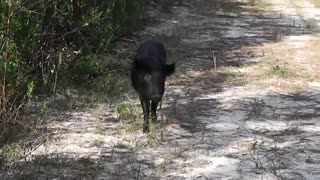 0:16
0:16
RealPatriotCane
3 years agoWild Hog Taking A Stroll
48 -
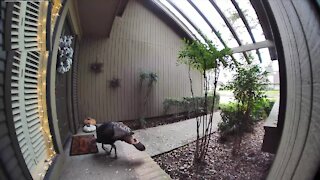 0:25
0:25
marklebl
3 years ago $47.34 earnedWild turkey tries to steal home's welcome mat
14K11 -

Timcast
1 hour agoPelosi MELTS DOWN After Trump Accuses Her Of INSIDER TADING, PELOSI ACT Moves Forward
34.1K23 -
 1:54:53
1:54:53
Steven Crowder
3 hours ago🔴 Is the Sig Sauer P320 Killing People & Trump Wins the Trade War: Guest Brandon Herrera
190K141 -
 LIVE
LIVE
Rebel News
21 minutes agoCanada to recognize Palestine, US trade deadline looms, Charter-protected bike lanes | Rebel Roundup
295 watching